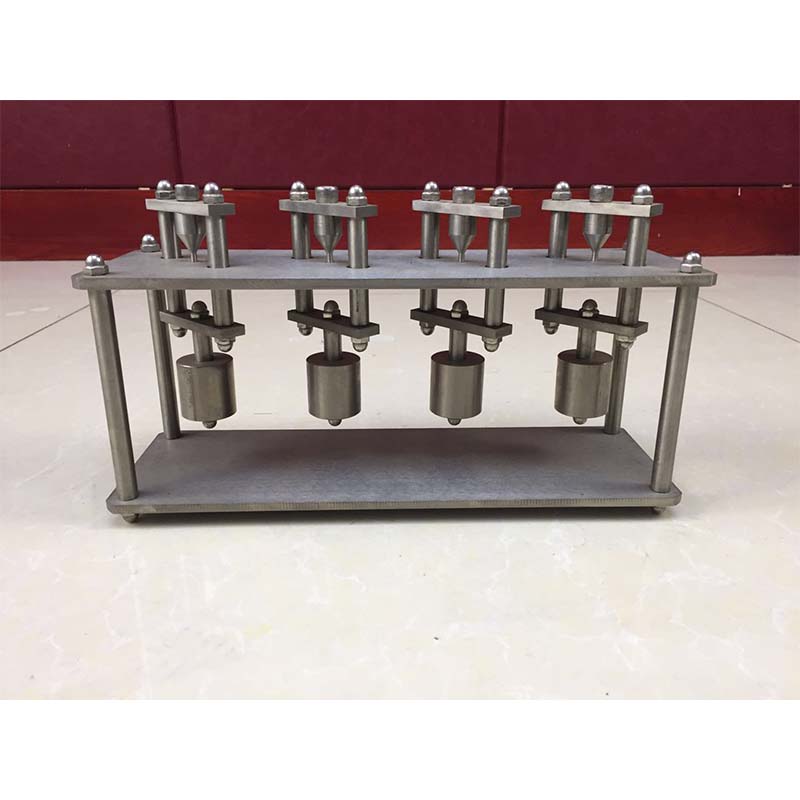Testing Smoke Density in Customized Chamber for Enhanced Fire Safety Evaluation
Understanding Custom Smoke Density Chamber Tests
Smoke density tests play a crucial role in assessing the fire safety of materials used in various applications, from construction to automotive and aviation industries. Among the most effective methods to measure smoke generation and its optical density is the custom smoke density chamber test. This method offers nuanced insights into the behavior of materials under combustion and is instrumental in ensuring compliance with safety standards.
What is a Smoke Density Chamber Test?
A smoke density chamber test is designed to evaluate the extent of smoke generated by materials when exposed to a flame or heat source. The primary objective of this test is to determine the optical density of smoke emitted, which is vital in understanding how smoke impacts visibility during a fire scenario. Visibility is critical during emergencies, as it can determine escape routes and influence evacuation timing.
The smoke density chamber is a controlled environment where materials can be combusted under precise conditions, minimizing external influences that could skew the results. The chamber is equipped with smoke detectors and optical devices that measure the amount of smoke produced and its density over time.
Importance of Customization
The term custom in custom smoke density chamber testing refers to the ability to tailor the testing protocol to fit specific materials and industry needs. Different materials exhibit unique burning characteristics and smoke production profiles, thus necessitating a customized approach for accurate assessments.
In many instances, manufacturers need to comply with specific industry regulations or standards, such as those set by the National Fire Protection Association (NFPA) or Underwriters Laboratories (UL). A custom smoke density test can accommodate these regulatory requirements, ensuring that the testing procedures align with industry-approved methods.
Key Components of the Custom Test
custom smoke density chamber test

1. Material Selection The first step involves identifying the materials to be tested. These could range from plastics and textiles to building materials and coatings.
2. Test Conditions Custom tests allow for the modification of conditions such as temperature, airflow, and duration of exposure to the ignition source. Adjusting these parameters ensures that the tests mimic real-life scenarios as much as possible.
3. Measurement Tools Utilizing advanced optical measurement tools is crucial. These tools provide real-time data on smoke density and allow for precise tracking of changes over time, helping researchers and safety engineers evaluate the materials effectively.
4. Data Analysis Post-test analysis is critical for understanding the results. The data gathered informs stakeholders about the potential risks associated with the material, guiding design choices and safety procedures.
Applications of Smoke Density Chamber Testing
Custom smoke density chamber tests find applications across various sectors. In the construction industry, for example, they help evaluate materials like insulation and wall coverings for their smoke production properties, ensuring that they meet safety standards before installation.
In the aerospace sector, the fire performance of materials used in aircraft interiors is scrutinized to avoid catastrophic failures during an emergency. Similarly, automotive manufacturers may use these tests to assess the interior materials of vehicles, ensuring that they do not contribute to smoke production in the event of a fire.
Conclusion
Custom smoke density chamber testing is an invaluable tool in the realm of fire safety and material engineering. By enabling tailored testing protocols, these tests provide precise data needed to ensure compliance with safety regulations and to enhance the overall performance of materials in fire scenarios. As industries continue to prioritize safety, the relevance and application of custom smoke density chamber testing will only grow, helping to protect lives and property from the devastating effects of fire.
-
Why the Conductor Resistance Constant Temperature Measurement Machine Redefines Precision
NewsJun.20,2025
-
Reliable Testing Starts Here: Why the High Insulation Resistance Measuring Instrument Is a Must-Have
NewsJun.20,2025
-
Flexible Cable Flexing Test Equipment: The Precision Standard for Cable Durability and Performance Testing
NewsJun.20,2025
-
Digital Measurement Projector: Precision Visualization for Modern Manufacturing
NewsJun.20,2025
-
Computer Control Electronic Tensile Tester: Precision and Power for the Modern Metal Industry
NewsJun.20,2025
-
Cable Spark Tester: Your Ultimate Insulation Assurance for Wire and Cable Testing
NewsJun.20,2025
 Copyright © 2025 Hebei Fangyuan Instrument & Equipment Co.,Ltd. All Rights Reserved. Sitemap | Privacy Policy
Copyright © 2025 Hebei Fangyuan Instrument & Equipment Co.,Ltd. All Rights Reserved. Sitemap | Privacy Policy
